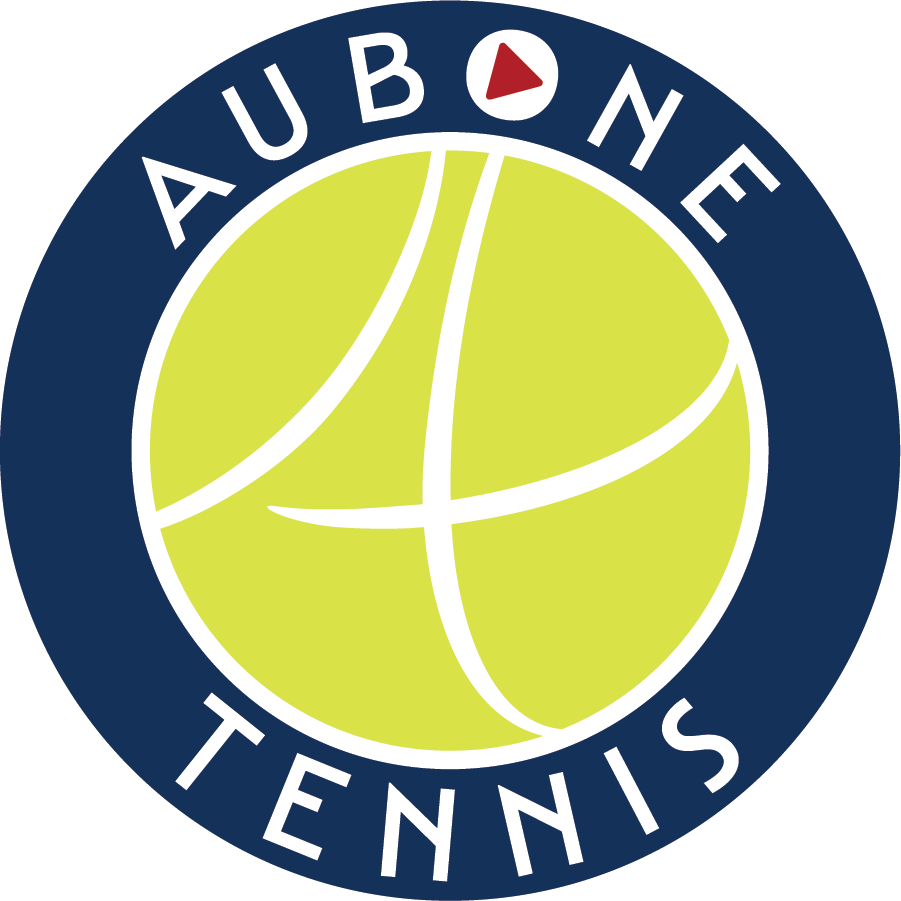UTR: What Junior Tennis Parents Need to Understand
The Obsession with UTR
As a high-performance tennis coach, I’ve seen it time and time again: families fixated on their child’s Universal Tennis Rating (UTR) like it’s the only metric that matters. It’s not their fault. The system itself feels like a report card for tennis, where a higher number means progress, and stagnation feels like failure. But here’s the truth: this obsession is often detrimental to a player’s development. Let’s unpack why this happens and what parents should focus on instead.
Why Parents Focus on UTR
Parents’ understanding of progress is often shaped by their experiences in school. Good grades mean comprehension and success. Poor grades mean falling behind. In junior tennis, UTR serves as the “grades,” and when it doesn’t improve, frustration sets in.
Parents naturally assume that if their child works harder, their UTR will rise—just like grades improve with more studying. Unfortunately, tennis development doesn’t work that way. The path to improvement is complex, non-linear, and requires patience. This misunderstanding is the root of the problem.
What Is UTR Really For?
UTR wasn’t created to be a junior development tool. Its mission is to promote level-based play and connect the global tennis community. College coaches adopted it because it provides an accurate snapshot of a player’s current level, simplifying the recruiting process.
However, UTR doesn’t measure how hard a player is working, their technical breakthroughs, or mental growth. It’s simply a reflection of match results in the past. If a player consistently competes in UTR-rated matches, their rating is an accurate representation of their CURRENT skill level—not their future potential.
The Problem with Staring at UTR
The danger of obsessing over UTR is that it shifts focus to immediate results instead of long-term growth. This mindset can:
Increase pressure to win now.
Undermine confidence when the rating stagnates.
Lead to decisions that prioritize short-term gains over real improvement (e.g., avoiding challenging matches).
How Tennis Development Really Works
Unlike school grades, tennis improvement takes time. Skills, both physical and mental, are built through repetition, practice, and competition. Here’s the reality:
Initial improvements are subtle and don’t immediately translate to wins.
Progress often takes months or even a year to manifest in match results.
Players may lose more before they start winning consistently, even as their skills improve.
Imagine if Grades Worked This Way…
If school grades took a year to improve, it would feel unbearable. But in tennis, this is normal. When a player finally has their breakthrough, the results come quickly. Until then, parents and players need to trust the process.
What Should Parents and Players Do?
Here’s the solution:
1. Shift the Focus to Development
Instead of staring at UTR, focus on answering these questions:
What areas need improvement?
Are there technical, tactical, or mental skills that need work?
Is the player’s training regimen effective?
2. Trust the Coach’s Feedback
Coaches have the experience to evaluate progress. If they’re attending matches, they can identify incremental improvements even if UTR isn’t moving. If they’re not present at tournaments, this leaves parents and players relying solely on the rating for feedback—a recipe for frustration.
3. Understand the Role of Competition
Playing tough opponents is essential for growth. Winning is not the only marker of success; close matches, learning opportunities, and incremental progress matter more.
The UTR Mindset for Success
If you’re unhappy with your UTR, it’s a signal to improve. But improvement doesn’t come from chasing wins. It comes from addressing weaknesses, refining skills, and building resilience. Professional players understand this—they focus on the factors that affect their ability to win, not just the wins themselves.
My Favorite Quote on Growth
As Anders Ericsson and Robert Pool said:
“Learning isn’t a way of teaching one’s potential, but rather a way of developing it. We create our own potential.”
If players keep learning and improving their process, their potential expands. With time, their UTR will reflect that growth.
Final Thoughts
Junior tennis parents, let’s move away from treating UTR as a report card. Instead, focus on what truly matters—developing skills, building confidence, and trusting the journey. The wins and ratings will come, but only if the foundation is strong.
Your child’s future potential isn’t capped by today’s UTR. Keep your eyes on the bigger picture and support their growth as a competitive tennis player. That’s how you build lasting success.
